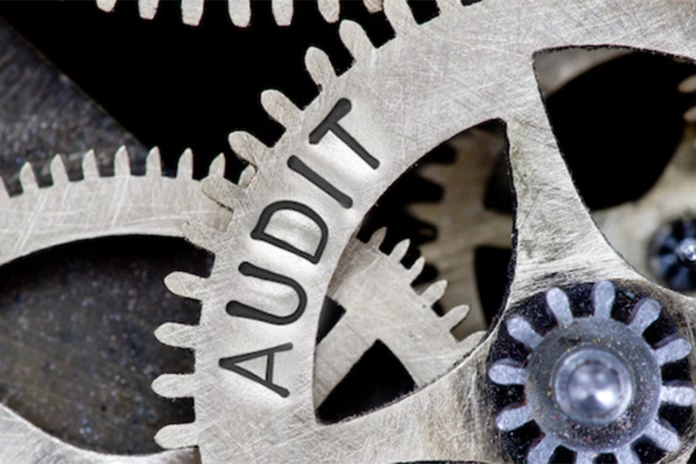Councils’ revenue account reserves rose for the first time in four years during 2017/18, according to outturn data.
Despite well-publicised struggles at a number of authorities which have dipped into their contingency funding to keep services running, the figures paint a surprising picture of a sector in relatively healthy condition, overall.
According to the 2017/18 revenue expenditure and financing final outturn, revenue reserves held by English local authorities rose by £612m to £24.3bn at 31 March 2017.
However, Christian Wall, director at finance firm PFM advisors, said the net increase masks a number of authorities where reserves have fallen considerably.
He said: “I think it is fair to say that there is divergence between authorities that were able to cut their budgets as austerity started to bite and/or had sufficient resources set aside to help them deal with austerity on the one hand, and on the other those that were unable to.
“This is not a comment on the efficacy of governance and financial management of authorities in general – rather that with 353 principal authorities with different service demands, democratic imperatives, ability to generate income and levels of government funding, there will always be some that are in a better position and some that are in a worse position.”
However, the rise in reserve levels contrasts sharply with last year, when they fell by £1.1bn on 2015/16.
A study by the Office for Budget Responsibility last year said that in 2016-17, English councils providing social care services took £1.4bn from reserves, while councils without social care responsibilities were able to add £0.2bn to their savings, creating an unfair playing field.
However, this year’s figures show that all categories of council with social care responsibilities saw their reserves rise.
In shire counties, they rose £64m, metropolitan districts were up £165m, unitary authorities up £96m and London boroughs saw reserves grow by £63m.
Shire districts, which do not have social care responsibilities, saw reserves rise the most, in aggregate, by £248m.
The figures showed that, overall, 40% made net use of their reserves, down from 50% last year.
The last rise in aggregate reserves came in 2013/14, when the figure jumped to £23.4bn from £21.6bn the previous year.
And the amount of reserves held is still well above the £16.4bn held in reserve by councils in April 2011.
The bulk of this year’s increase came from non-ringfenced reserved, with £778m in the earmarked sub-category and £105m “unallocated”.
These rises were offset by a decrease in ring-fenced reserves – of £176m for schools, due to academisation, and £4m in public health.
Wall speculated that councils showing a rise in reserves compared to their budgets would be unlikely to spend that money on recurring service expenditure unless they believe it is sustainable.
He said: “Section officers tend to be very prudent and given current economic uncertainty, the spending review to come and one-off impacts such as the recent business rates appeal on ATMs, it would be unwise to be anything else regarding the revenue budget.”
He added that some of the earmarked reserves will already be set aside to fund capital projects, “which means the absolute level of reserves and changes in the absolute level of reserves may not be coupled to the revenue budget and spending pressures”.
A year ago, Room151 reported that three Scottish councils face running out of general fund reserves within the next three years under current trajectories, according to the spending watchdog for local government.












